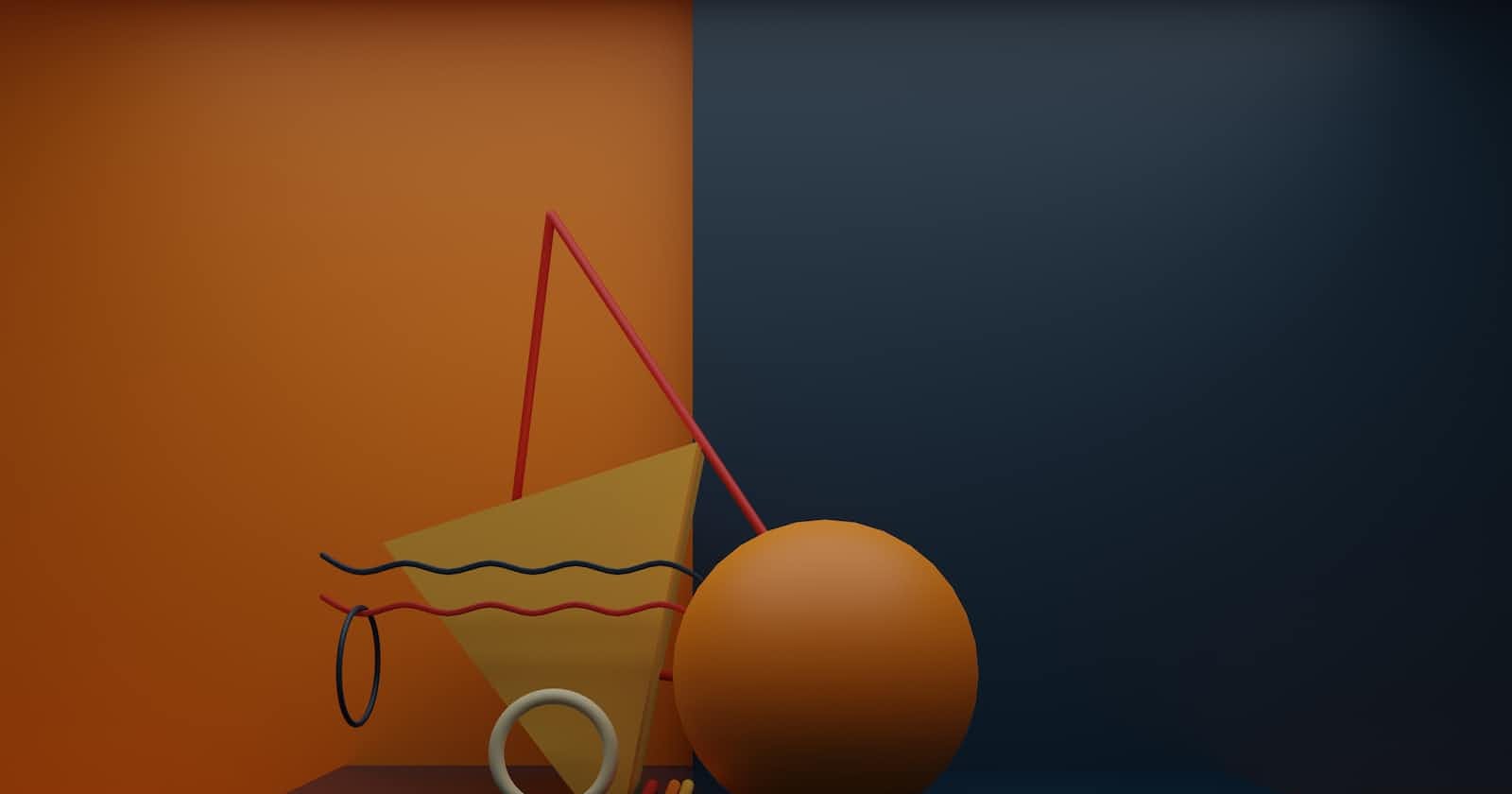Introduction: When it comes to web development, rendering is a crucial aspect that determines how a web application's content is displayed to users. Two popular rendering techniques are client-side rendering (CSR) and server-side rendering (SSR). In this blog, we will delve into these approaches, explore their differences, and benefits, and provide examples to help you understand which approach might be suitable for your web development projects.
I. Client-Side Rendering (CSR):
Client-side rendering refers to the process of rendering web content on the client-side, typically using JavaScript frameworks like React, Angular, or Vue.js. Let's dive into the key aspects of CSR:
Initial Page Load: In CSR, the server sends a minimal HTML file, often referred to as a "shell" or "skeleton," which serves as a container for the JavaScript code. This HTML file includes the necessary script tags to load the required JavaScript framework and associated dependencies.
JavaScript Takes Over: Once the client receives the initial HTML file, the JavaScript code executes on the client-side. It fetches data from an API or server, manipulates the DOM, and renders the content dynamically. This dynamic rendering allows for interactive and highly responsive user interfaces.
Benefits of CSR:
Improved performance after the initial page load, as subsequent navigation within the application is fast and seamless.
Enhanced interactivity and dynamic content updates without the need for full-page reloads.
Enables a better user experience by providing smooth transitions and instant feedback.
- Example: Let's consider an example of an e-commerce website. With CSR, the initial page load could consist of a loading spinner and a basic layout. Once the JavaScript framework loads, it makes an API call to retrieve product data. The JavaScript code then renders the product listings, filters, and allows for dynamic interactions such as adding items to the cart without a page refresh.
II. Server-Side Rendering (SSR):
Server-side rendering involves generating the final HTML content on the server and sending it to the client for display. Here's what you need to know about SSR:
Server Generates Complete HTML: In SSR, the server executes the application code and generates a complete HTML response, including the initial content. This means the server pre-renders the page with the data before sending it to the client.
Fast Initial Load: With SSR, the client receives a fully rendered HTML page right from the start. This approach allows users to see the content almost instantly, even on slower connections or devices.
Benefits of SSR:
Improved SEO: Search engine crawlers can easily read and index the pre-rendered HTML content, enhancing discoverability and search engine rankings.
Better accessibility for users with slower devices or limited JavaScript support.
Provides a fallback for clients with JavaScript disabled or non-functional.
- Example: Imagine a blogging platform using SSR. When a user requests a blog post, the server renders the complete HTML, including the blog content and related data. The server then sends this HTML to the client, which displays the blog post immediately, ensuring a fast initial load time and good SEO.
Conclusion: Both client-side rendering (CSR) and server-side rendering (SSR) offer distinct advantages depending on the specific requirements of your web application. CSR provides interactivity and dynamic updates after the initial load, making it suitable for applications with complex user interfaces. On the other hand, SSR delivers fast initial rendering and better SEO performance, making it ideal for content-heavy websites.
Consider the nature of your application, the desired user experience, and the trade-offs between performance and search engine visibility when choosing between client-side rendering and server-side rendering. Remember, you can also employ hybrid approaches that leverage the strengths of both techniques to achieve the best of both worlds.


